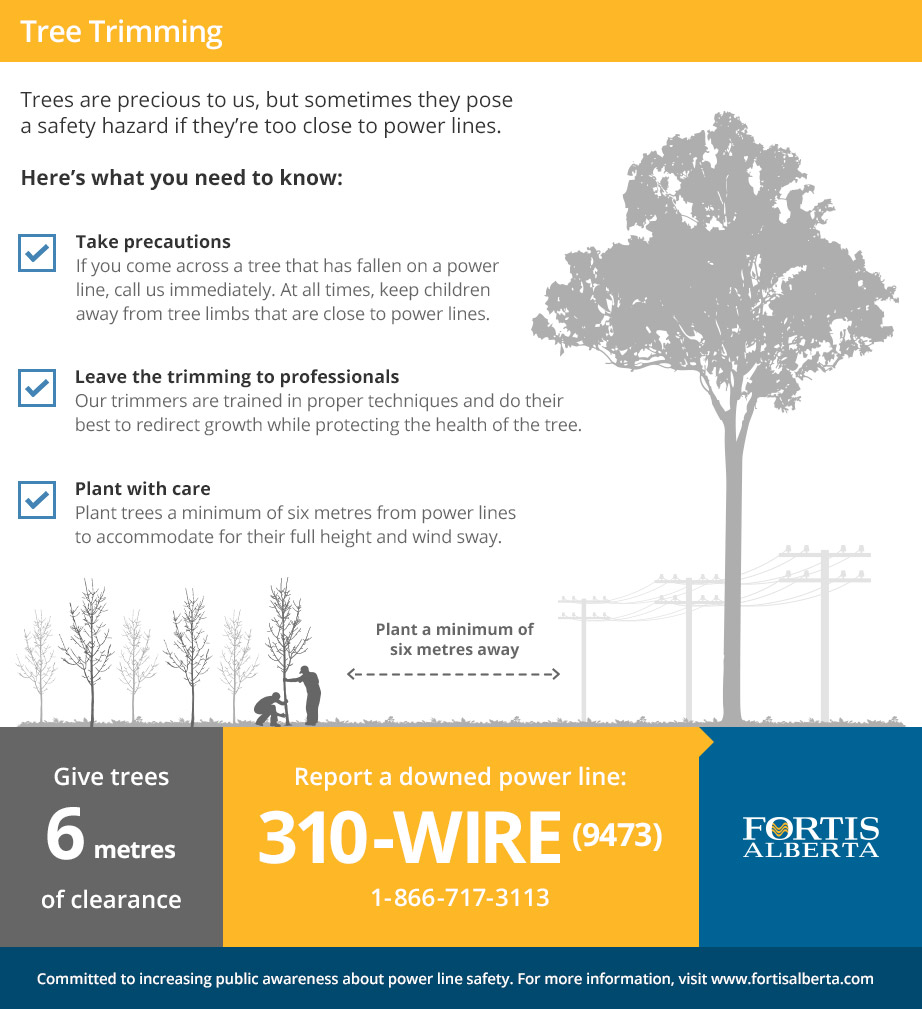Signs It's Time For Tree Elimination: How To Determine Hazardous Trees
Signs It's Time For Tree Elimination: How To Determine Hazardous Trees
Blog Article
Composed By-Troelsen Skovsgaard
When it pertains to tree care, acknowledging the indicators that it's time for removal is important for your security and property. You could observe blemished fallen leaves, wilting branches, or weird fungal developments indicating health problems. Architectural issues, like a significant lean or splits in the trunk, can likewise present dangers. Understanding these indication can aid you make informed choices regarding your trees and protect against potential threats lurking in your lawn. What should you search for following?
Indicators of Degeneration and Condition
When you notice indications of decay and illness in your trees, it's crucial to act promptly. Look for stained leaves, wilting branches, or unusual growths like fungus. These can indicate that your tree is having a hard time.
If you see fractures in the bark or soft, mushy wood, these signs and symptoms suggest inner decay. Additionally, a sudden increase in bugs around your tree can signify that it's damaged and susceptible.
Check for any kind of dead or passing away arm or legs, as they posture a danger to your residential or commercial property and safety and security. If you're uncertain regarding what you see, speaking with an arborist can give clearness.
Addressing these indicators early can conserve you from extra comprehensive damage and make sure the wellness of your yard. Don't wait up until it's far too late.
Structural Instability and Leaning
As you observe your trees, watch out for any kind of indicators of architectural instability or leaning. If a tree leans substantially, it may show that the root system is endangered.
Seek any cracks in the trunk or soil around the base; these can signal potential failure. Furthermore, check for uncommon development patterns, like an unbalanced crown, which may suggest that the tree is having a hard time to hold itself upright.
If you see that the tree leans toward your home, high-voltage line, or various other structures, it presents a better danger. Do not ignore https://www.architecturaldigest.com/story/landscape-designers-coronavirus-challenges -- get in touch with an arborist to analyze the circumstance.
Acting early can prevent expensive damage and ensure your security.
Dead or Dying Branches and Foliage
If you see dead or dying branches and vegetation on your tree, it's a clear indicator that something's wrong.
These unhealthy areas can indicate underlying issues like illness, pest problems, or ecological anxiety. When branches shed their fallen leaves or turn brownish, they're no more contributing to the tree's health. Overlooking these indications can bring about further decline, making your tree extra dangerous.
Dead branches can quickly break off throughout storms, positioning a threat to residential property and individuals nearby. It's crucial to analyze the level of the damages.
If https://tree-roots-under-foundati85162.ourcodeblog.com/35463986/explore-the-vital-steps-of-removing-a-tree-stump-and-learn-more-about-the-vital-aspects-that-might-sway-your-decision-to-act of the tree, take into consideration consulting a professional. They can assist figure out if elimination is necessary to ensure safety and security and preserve the appeal of your landscape.
Verdict
If you see any type of indicators of degeneration, structural instability, or dead branches on your trees, don't ignore them. These indications can present serious safety dangers to you and your property. find out here now 's always best to speak with an expert arborist who can offer a specialist analysis of your trees. Doing something about it early can avoid mishaps and pricey damage, guaranteeing your landscape remains risk-free and healthy. Remember, it's far better to be positive about tree care than to wait on a catastrophe to take place.
